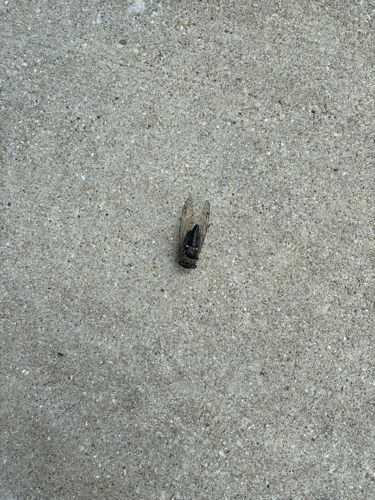Cicada
Scientific Name: Family Cicadidae (numerous genera and species)
Order & Family: Order: Hemiptera; Family: Cicadidae
Size: Typically 1 to 2 inches (2.5 to 5 cm) in body length, with some species reaching up to 3 inches (7.6 cm).

Natural Habitat
Cicadas are found globally in temperate and tropical climates. They typically inhabit forests, woodlands, orchards, and areas with abundant trees, as both nymphs and adults rely on trees for food and shelter.
Diet & Feeding
Adult cicadas feed on the sap of trees and woody plants by piercing the bark with their proboscis. Nymphs feed on xylem fluid from tree roots.
Behavior Patterns
Cicadas spend most of their life cycle (typically 2-17 years, depending on the species) underground as nymphs, feeding on tree roots. They emerge as adults to mate, lay eggs, and live for only a few weeks. Males produce a loud, distinctive buzzing sound using tymbals on their abdomens to attract females.
Risks & Benefits
Potential risks include temporary, widespread noise pollution during major emergence events. Large numbers of feeding nymphs can stunt the growth of young trees, and egg-laying can damage small branches. Benefits include serving as a food source for various animals (birds, mammals, other insects), aerating the soil as nymphs tunnel, and contributing to nutrient cycling when their decomposing bodies enrich the soil.
Identified on: 8/15/2025